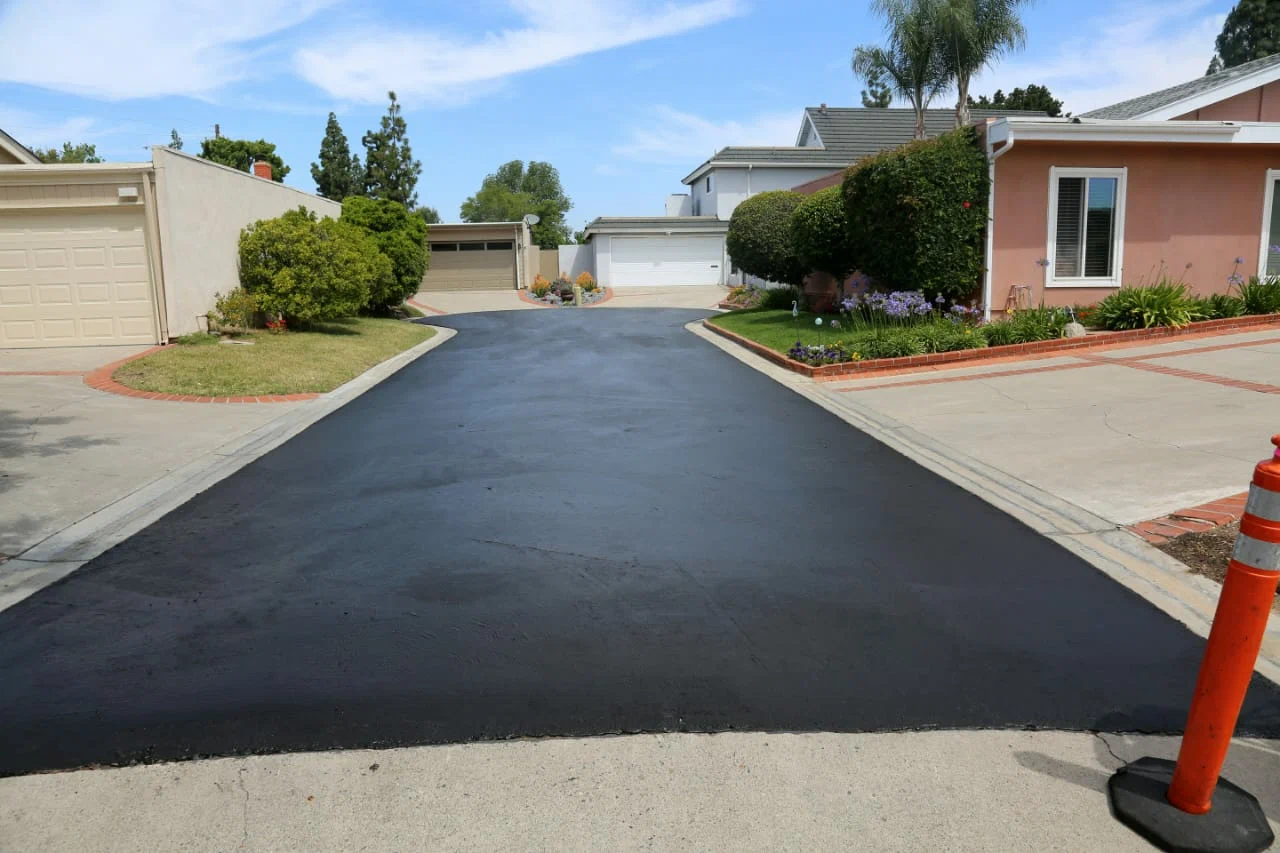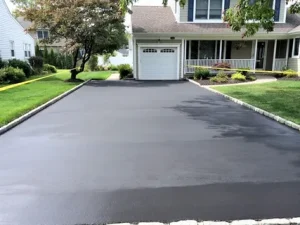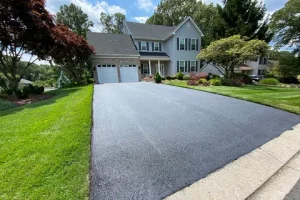Asphalt Paving

Asphalt Paving: Process, Benefits, and Applications
Asphalt paving is a multi-step procedure designed to create a durable, smooth, and long-lasting surface for roads, parking lots, driveways, and more. Here’s an overview of the typical process


Why Choose US?
We delivers patios that are as functional as they are beautiful-crafted to withstand the elements and provide years of enjoyment. Contact us today to start planning your dream outdoor living space!
Get a free quote

Demolition and Removal
The first step involves removing the existing surface-whether it’s old asphalt, concrete, or pavers. Heavy machinery is used to break up and haul away the debris, which is often recycled into new asphalt mixes156.
Grading and Sloping
The sub-base is carefully graded and sloped to ensure proper water drainage and a stable foundation. This prevents future issues like pooling water or uneven settling156.
Sub-Base Preparation
A strong sub-base is essential for supporting the new asphalt. The area is compacted to provide stability and load-bearing strength, minimizing the risk of cracks or depressions over time16.
Binder Layer Installation
A binder layer, made of large aggregate mixed with oil, is laid down for added strength and flexibility. This layer acts as the backbone of the pavement, absorbing stress from traffic and environmental changes16.
Surface Asphalt Installation
The final layer consists of a mix of small aggregate, sand, and oil. This jet-black surface provides a smooth, attractive, and durable finish that’s resistant to traffic and weather146.
Compaction and Smoothing
The new asphalt is compacted to ensure stability, smoothness, and resistance to deformation. Special attention is given to transitions and joints to create a seamless connection with existing surfaces46.
Final Inspection and Clean-Up
The finished pavement is inspected for quality, and any debris is removed, leaving a clean, ready-to-use surface15.
Demolition and Removal
The first step involves removing the existing surface-whether it’s old asphalt, concrete, or pavers. Heavy machinery is used to break up and haul away the debris, which is often recycled into new asphalt mixes156.
Grading and Sloping
The sub-base is carefully graded and sloped to ensure proper water drainage and a stable foundation. This prevents future issues like pooling water or uneven settling156.
Sub-Base Preparation
A strong sub-base is essential for supporting the new asphalt. The area is compacted to provide stability and load-bearing strength, minimizing the risk of cracks or depressions over time16.
Binder Layer Installation
A binder layer, made of large aggregate mixed with oil, is laid down for added strength and flexibility. This layer acts as the backbone of the pavement, absorbing stress from traffic and environmental changes16.
Surface Asphalt Installation
The final layer consists of a mix of small aggregate, sand, and oil. This jet-black surface provides a smooth, attractive, and durable finish that’s resistant to traffic and weather146.
Compaction and Smoothing
The new asphalt is compacted to ensure stability, smoothness, and resistance to deformation. Special attention is given to transitions and joints to create a seamless connection with existing surfaces46.
Final Inspection and Clean-Up
The finished pavement is inspected for quality, and any debris is removed, leaving a clean, ready-to-use surface15.
Benefits of Asphalt Paving
Durability and Longevity
Asphalt surfaces are known for their strength and ability to withstand heavy traffic and harsh weather, making them ideal for both residential and commercial applications25.
Cost-Effectiveness
Asphalt paving and resurfacing are more affordable than complete road or driveway replacements. The process is efficient, minimizing downtime and labor costs2.
Enhanced Safety and Comfort
Smooth, even asphalt surfaces improve vehicle control, reduce travel time, and eliminate hazards like potholes and cracks, optimizing traffic flow and safety2.
Aesthetic Appeal
Fresh asphalt offers a clean, jet-black finish that enhances curb appeal and can increase property values in residential and commercial areas2.
Environmental Sustainability
Asphalt is highly recyclable. Old asphalt is often reused in new mixes, reducing waste and conserving natural resources, which lowers the overall environmental impact25.
Durability and Longevity
Asphalt surfaces are known for their strength and ability to withstand heavy traffic and harsh weather, making them ideal for both residential and commercial applications25.
Cost-Effectiveness
Asphalt paving and resurfacing are more affordable than complete road or driveway replacements. The process is efficient, minimizing downtime and labor costs2.
Enhanced Safety and Comfort
Smooth, even asphalt surfaces improve vehicle control, reduce travel time, and eliminate hazards like potholes and cracks, optimizing traffic flow and safety2.
Aesthetic Appeal
Fresh asphalt offers a clean, jet-black finish that enhances curb appeal and can increase property values in residential and commercial areas2.
Environmental Sustainability
Asphalt is highly recyclable. Old asphalt is often reused in new mixes, reducing waste and conserving natural resources, which lowers the overall environmental impact25.
Applications of Asphalt Paving
Asphalt’s versatility makes it suitable for a wide range of applications, including3:
Roadways and Highways: The most common use, providing durable, smooth surfaces for vehicles.
Parking Lots: Ideal for commercial and residential lots due to its resilience and ease of maintenance.
Driveways: Popular for homes because of its appearance and longevity.
Airport Runways: Chosen for its strength and ability to handle heavy loads.
Athletic Tracks and Playgrounds: Provides a safe, even surface for sports and recreation.
Bike Paths and Walking Trails: Smooth, comfortable, and visually appealing.
Bridge Decks and Erosion Control: Used for waterproofing and stabilization in infrastructure projects.
Roofing and Waterproofing: Asphalt is also used in shingles and as a waterproofing agent for buildings.